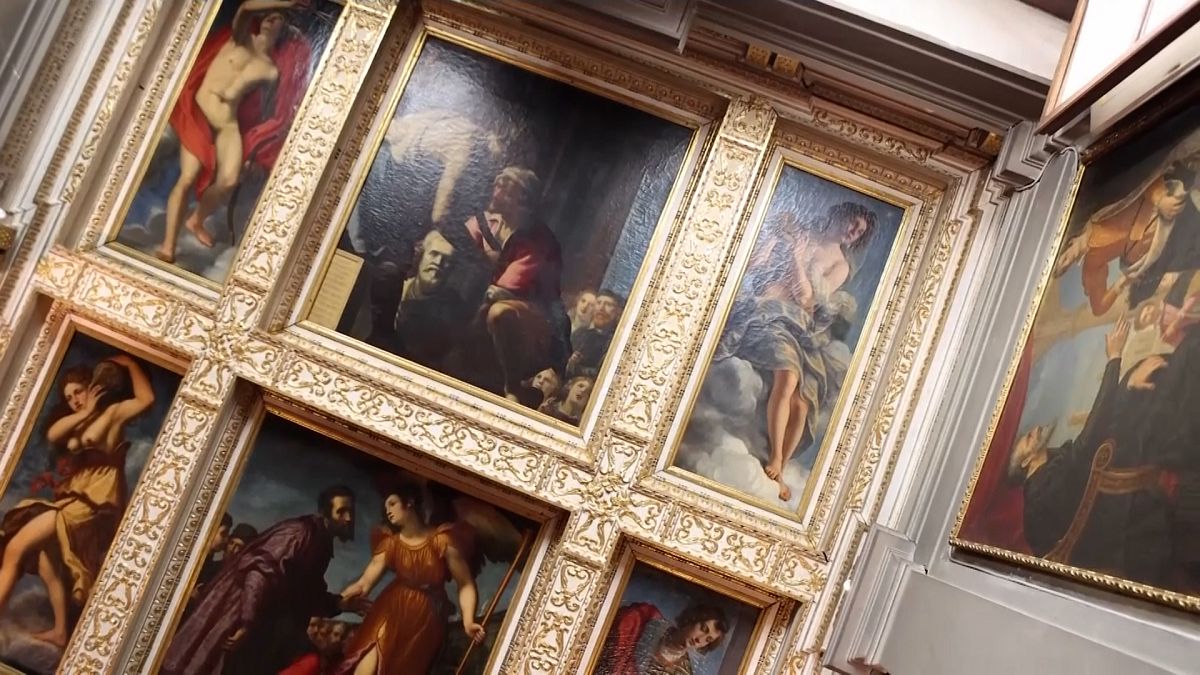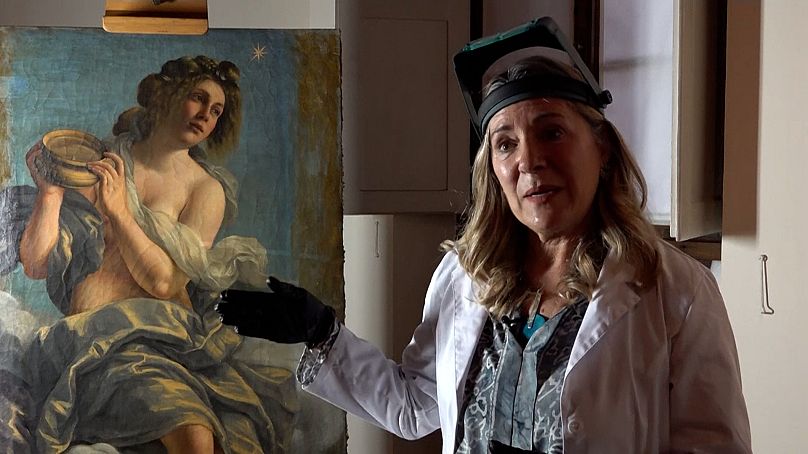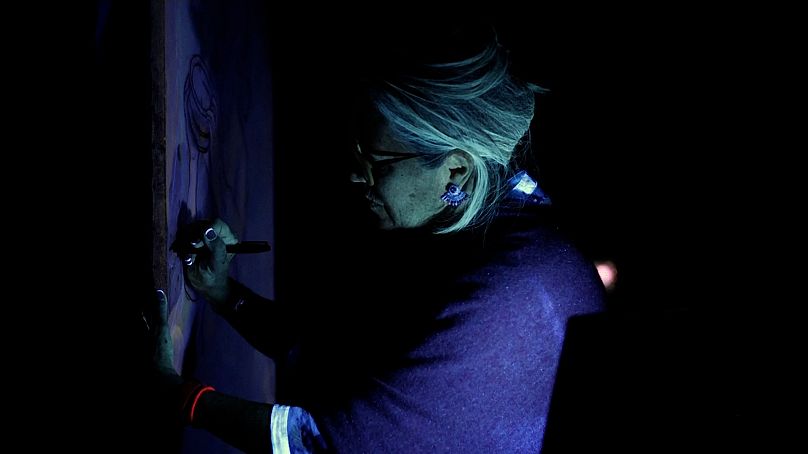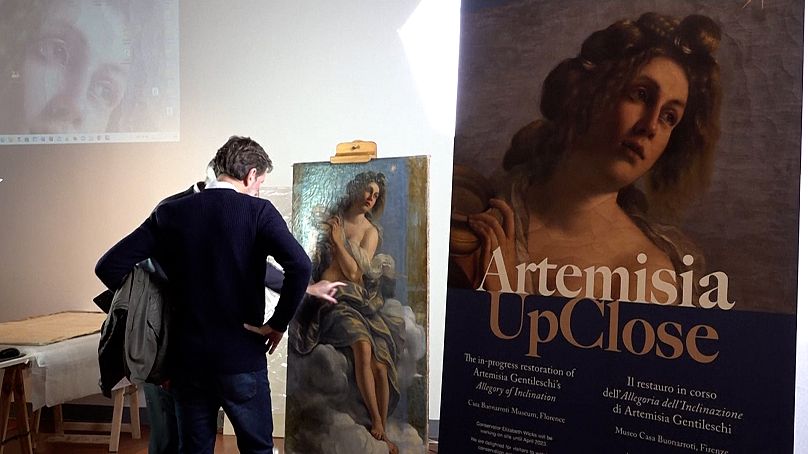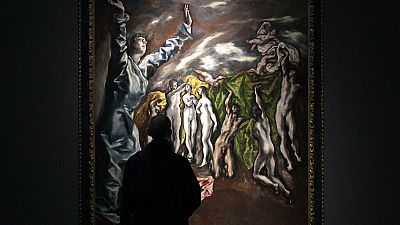High-tech digital detective work combined with good fortune and lots of patience will help restorers to uncover a major work by Artemisia Gentileschi, the most prominent woman in the history of Italian art.
If there is no reward without risk, then restorers in Florence will never have a chance to rediscover a work by Artemisia Gentileschi, arguably the most prominent woman in the history of Italian art.
Her painting, 'Allegory of Inclination' has been covered in dust for more than 400 years. Now a major project is underway to give the work a new lease of life.
It was painted by Gentileschi for the ceiling of the Casa Buonarotti in Florence, once home to Michelangelo.
Representing the inclination to produce art, the figure holds a compass, and a star shines above her head, a nod to the artist's friend Galileo Galilei who was working in Florence at the time.
The figure in the painting bears a close resemblance to Artemisia Gentileschi, who was 22 years old and pregnant in 1616 when she painted it.
Since September, head conservator Elizabeth Wick has been leading the effort to unveil the masterpiece.
"We're starting with diagnostic photographic techniques, which involve various light sources such as UV and infrared light and blue light, which is a new technique. And then we're doing reflectography. So, we're going back into the layers step by step. And finally, X-ray to find the original image underneath the layers of overpaint."
Today, there is little to be seen of the naked figure, besides a glimpse of a breast behind a veil, because in the 1680s a Tuscan artist, Baldessare Franceschini, known as Il Volteranno, was commissioned to paint drapery and veils to cover the nude figure.
The restoration project, called "Artemisa Up Close" is not going to be able to remove the heavy veils, because the paint over job – some 60 years after the original - was too close in time to the original, possibly causing some seeping between the two in the years since.
If restorers attempt to remove the thick paint of the veils, there is a risk that it might damage the original below. So, a team, lead by Wicks, is using ultraviolet light, diagnostic photography, and x-rays to discover what is beneath the veils.
She considers it high-tech detective work.
Once completed, they will then create a 'virtual image' of the original version that will be displayed in the museum.
"Artemisia came to Florence right after the trial in which she was tortured, and her fingers were crushed. The fingers of her painting hand were crushed by the torture that was performed upon her during the trial. And somebody else would have been crushed by this experience. But Artemisia bounces back. She comes up to Florence. She gets this wonderful commission to paint a full-length nude figure for the ceiling, of Casa Buonarroti. So, I think she's showing people, this is what I can do," explains Wicks.
Visitors to the museum can watch the Wicks Restoration Team at work.
Gentileschi, the first woman to enter Italy's prestigious 'Academy of Drawing', has become a symbol of women overcoming the odds to reach artistic glory.
Now, visitors to the museum can watch Wicks and her team work to emulate her success.
